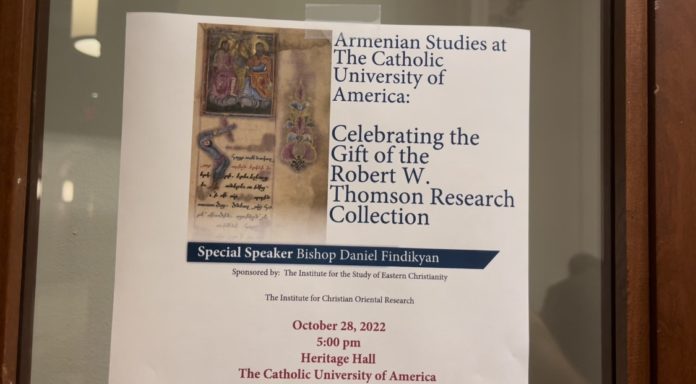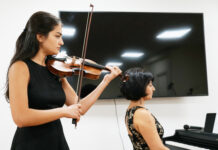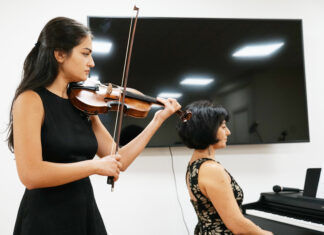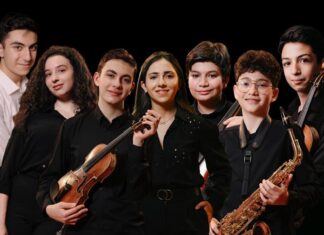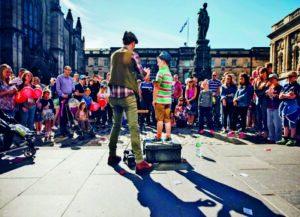WASHINGTON – From 1897, when the Department of Oriental Studies at the Catholic University of America (CUA) was established, Armenian Studies became part of the university’s curriculum. Classical Armenian (Grabar) is taught here, and Armenian manuscripts are among the ancient Christian documents studied at CUA.
In 2020, Catholic University’s Armenian Studies program received a substantial contribution. Thousands of books and documents from the late Dr. Robert W. Thomson’s (1934-2018) personal library were donated to CUA. Between 1969 to 1992, he held the Mashtots Chair in Armenian Studies at Harvard University. Among Dr. Thomson’s many distinctions was receiving the Saint Sahak and Saint Mesrop Medal from Catholicos of All Armenians Vasken I. The latter’s encyclical is among the items donated by Thomson to the library of the Catholic University two years ago.
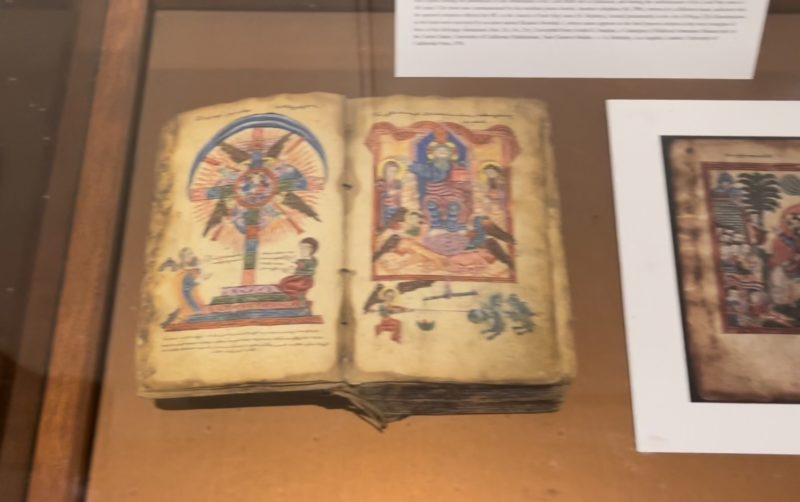
On Friday, October 28, Thomson’s son, the Institute of Christian Oriental Research of CUA, and Armenian church and community representatives got together at Heritage Hall of CUA to celebrate Thomson’s work and legacy.
“His collection was about 3700 items after they cataloged them here. Those were mostly books, mostly in Armenian, but also books in Syriac and Georgian,” said Thomson’s son, Jasper Thomson.
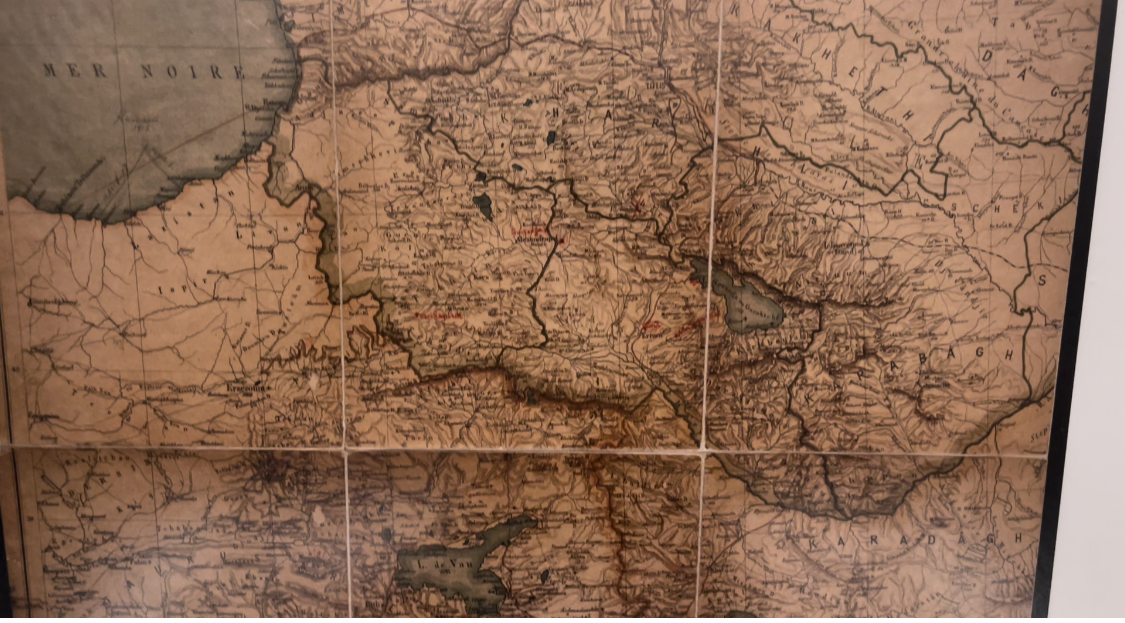
The audience applauded long to celebrate the donation of the Thomson family and the legacy of a great Armenologist. Bishop Daniel Findikyan, the former Primate of the Diocese of the Armenian Church of America (Eastern) recalled his personal meetings with Professor Thomson. Making a quick reference to history, he also drew exciting parallels between the medieval Armenian intellectuals known as translators and Thomson.
As Findkiyan noted, the Armenian Church describes as translators Grigor Narekatsi or Nerses Shnorhali, who had not been known as translators. The high-ranking Armenian clergyman suggested that our church has historically defined the acts of translation in a broader concept besides merely “rendering a text from one language of another.”



